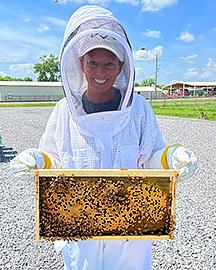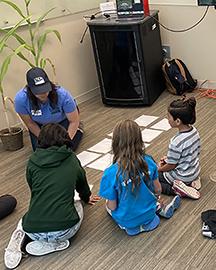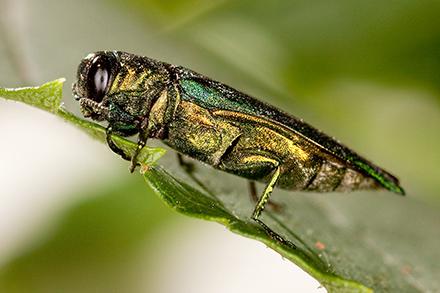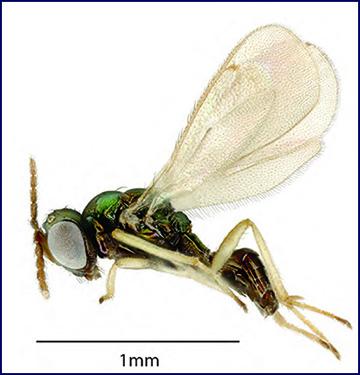Predicting Salmonella Outbreaks Before They Occur
There are over one million cases of Salmonella and thousands of hospitalizations from this foodborne illness in the U.S. every year. The cause for most of these cases is consumption of contaminated food, such as undercooked or raw meat, poultry, eggs, or dairy. To help combat this issue, ARS scientists in Athens, GA, developed a series of algorithms capable of effectively predicting the prevalence of Salmonella. These algorithms will allow farmers and food inspectors to identify where in the supply chain Salmonella contamination is likely to occur so appropriate measures can be taken.
Read Fighting Foodborne Illness to learn more.












